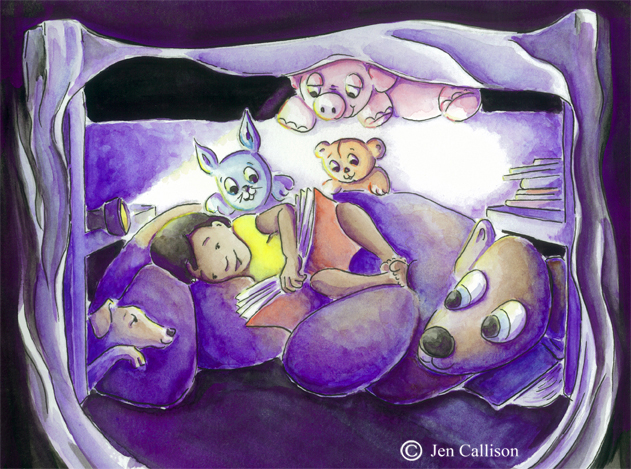Did you know that a grove of Aspen trees is often connected at the roots? Aspens reproduce in part by sending new shoots up through the earth from their existing root system. In fact, one of the world’s largest living organisms, Pando, is “a forest of some 47,000 genetically identical quaking aspen trees.” Pando, One of the World’s Largest Organisms, is Dying, by Brigit Katz, Smithsonian.com, October 18, 2018. Aspens look like individual trees, but under the surface they are supporting each other, working together to create more than just a group of trees – they make up an entire forest – an ecosystem that supports countless other plants and animals.
To me, Aspens are a beautiful example of the synergy that can happen when we work together.
Of course, all picture books are collaborations between the author and the illustrator (if they aren’t the same person) … and generally they involve collaboration with critique partners, an agent, an editor, an art director, and a whole team of other people at a publishing house.
The collaboration between author and illustrator usually starts when a publisher acquires a manuscript and chooses the illustrator. But what about collaborations that start organically before a publisher even gets involved?
We all know the standard wisdom – “Please, DON’T ask your cousin’s nephew’s hairdresser’s sister to illustrate your picture book. The editor will want to match your manuscript with an illustrator of their choosing.” Harold Underdown sums up the general rule well: “Presenting a ‘package’ of this type can be done, but if the writer is unpublished, and the illustrator is unpublished, doing so will reduce the already slim chance that a publisher will be interested.”
There are plenty of reasons it is generally better to let an editor choose the illustrator for your manuscript: publishing houses have established relationships with illustrators they like working with; they may have a specific style in mind for your manuscript; they may want to match a debut author with a well-known illustrator, or visa versa, for marketing reasons; they may want to use an illustrator who is a person of color, especially if the book has an element of diversity and the author is not a person of color. Also, they’re human – it’s uncomfortable to have to say, “we like the text, but we don’t like the art,” or visa versa. The writer and illustrator may not have discussed what they will do if that happens, and that could create conflict. So if an editor likes one aspect of a collaboration and not the other, it’s easier to just turn the whole project down.
However, there are always exceptions to the general rule. There have been times when an author and illustrator collaborated before finding a publisher, and that collaboration was successful – they came together organically, and reached for the sky, just like a grove of Aspens.
Because this is the exception, and not the norm, there isn’t a lot of information out there on this topic. When is a collaboration okay, or even preferred? How does one query a collaboration – whether it be to an agent or a publisher? Would an agent take on a collaboration by representing one or both creators? What should one know going into a collaboration?
I want to use this page to explore when, how, and why organic collaborations have worked. Part of my curiosity is driven by self-interest. As I state in my bio, I hope to collaborate with my sister, Jen Callison, who is a talented artist and illustrator. So of course I want to know – how do we get our collaboration into the hands of an agent or publisher, and ultimately into the hands of children everywhere?
But I’m also curious about other types of collaborations – such as dual-author collaborations. When both people are working on the same aspect of a picture book, what degree of involvement is considered a collaboration versus a critique or editing service? How do they work through differing ideas of how the story should go? How do they combine their unique writing styles and voices to create something different and new?
These are some of the questions I hope to answer on this page by interviewing successful collaborators and exploring the roots of their projects.
